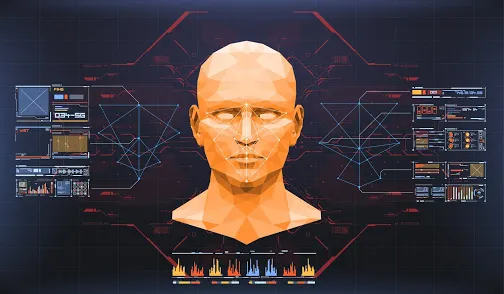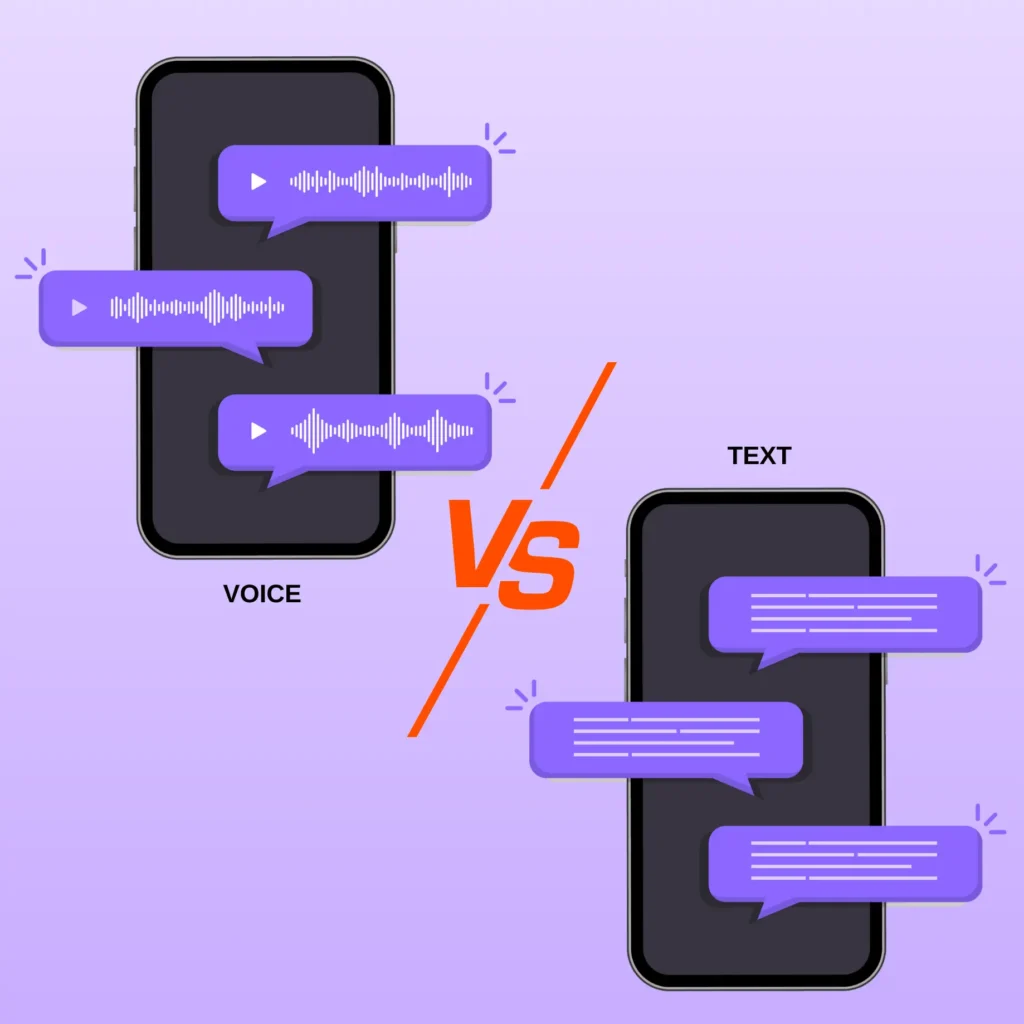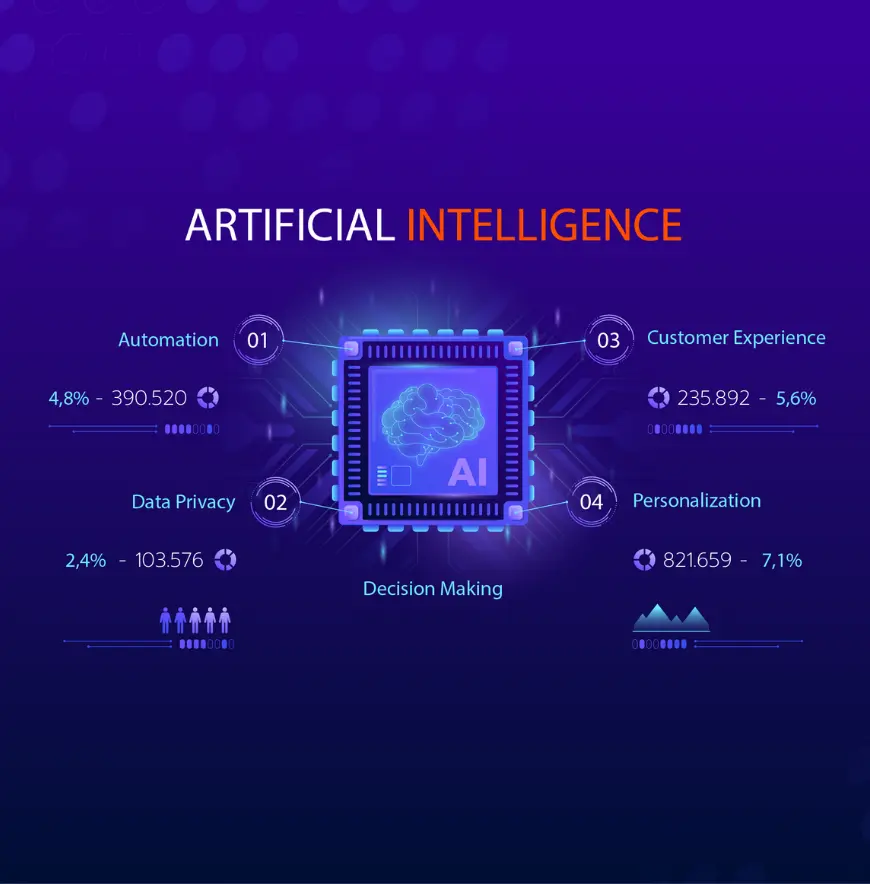Smart technologies like Machine Learning, IoT, etc. have transformed the way businesses work. To keep up with these tech trends, solutions like AI avatars and bots have become highly valued by digital professionals who recommend their implementation in various business activities. A Digital Avatar is an AI-powered human-like virtual assistant that enables intelligent interactions with customers.
3D avatars can be used for different purposes and they create a sense of trust by making communication with the customers direct and easy. Their use on various platforms is significant, as they convey a sense of seriousness. The use of a digital human that smoothly communicates the values of the company in a specific way, will convert these visitors into faithful customers. Most people who converse with a virtual avatar smile at some point, which creates a dopamine release, even when they know the interaction is not real and that speaks volumes!
How does it work?
There is a lot going on in the making of a brand avatar. This complex process can be broken down into five stages.
- STT – The 3D avatar must understand what the customer is saying. Whatever the customer is talking, the speech gets converted to text through a process called STT or automatic speech recognition (ASR).
- NLP – This is Natural language understanding/process. The virtual avatar tries to understand the conversation based on the environment it is in, for example, a theatre, a bank, or a shopping mall. The avatar needs to understand the context first which is the specific place it is being used in. In case it doesn’t know the answer to a query, it could give a witty response.
- Recommender System – A thorough analysis of the customer and product takes place. This can also be called the recommender system. This analysis leads the customer to make an informed decision and it also tells what step the user has to take in order to make the purchase. Again, this depends on the scenario and the environment the virtual avatar is being placed in because of its implicit knowledge.
- TTS – Once the avatar’s recommender system functions properly, it is finally ready to give an output. Text is converted to speech so that the digital avatar can converse with the customer. It can have different types of responses based on emotion.
- Articulation – This process is regarding all the animations performed on the 3D avatar. That includes all the gestures and motions of the avatar, be it mouth, hands, facial expressions, etc. The entire process is based on learning from different interactions.
How does it look?

A brand avatar is designed on 3D modeling software and it can be custom-built for each brand. For example, a virtual avatar can be created to be like a brand ambassador of that company or it can be created according to the brand’s specifications. Different models of these digital humans are tested out through trials and then the right one is chosen for a particular brand.
Various Use Cases
The digital avatar can be used across various platforms in different environments for a variety of purposes.
Virtual Store:
Website – They can be seen in a virtual store set up on a webpage, where a customer gets the feel of a full browsing experience you’d expect from a real shop. Digital humans will take on the role of salespeople and it will introduce the customer to all relevant products.
Mobile Apps – These 3D avatars can also be seen in apps the users can download, where it can converse with the customer and answer all the queries relating to the product.
Banks:
Website – They can be seen in BFSI, on a bank’s website, taking on the role of a virtual assistant, to help customers out with any financial transaction.
Kiosks – With interactive kiosks being set up with cameras in the bank, a 3D avatar can identify the person and then take you through the process of using a kiosk. It will help the customer with anything they need by conversing with the avatar.
Large retail stores:
Digital Signage – In shopping malls, digital signage screens can be used where a brand avatar is seen advertising the brand.
Kiosks – Inside a few retail stores, there are kiosks set up with cameras for facial recognition and they can detect the type of apparel the customer is wearing. Based on this, the brand avatar gives relevant recommendations of product details.
Restaurants:
Self-service Kiosk – There are kiosks set up inside restaurants where a digital human can guide the customer through the ordering process. This virtual being can give you recommendations of food options to choose from in real-time.
Concluding Thoughts
Digital avatars are created with a discovery mindset. That is why their use is going to be pivotal for brands in the long run. Because these avatars have impactful interactions, they can humanize a digital conversation like no other. Virtual avatars have a form factor i.e. it is something you can look at and talk to, unlike chatbots. Therefore it creates an identity for itself. For any brand, customer experience is a priority and because of the avatar’s conversational intelligence, it can give hyper-personalized recommendations to the customer. It will be decisive for brands once they start using their own virtual avatars.
Visit this link for more information: AI Virtual Avatar



